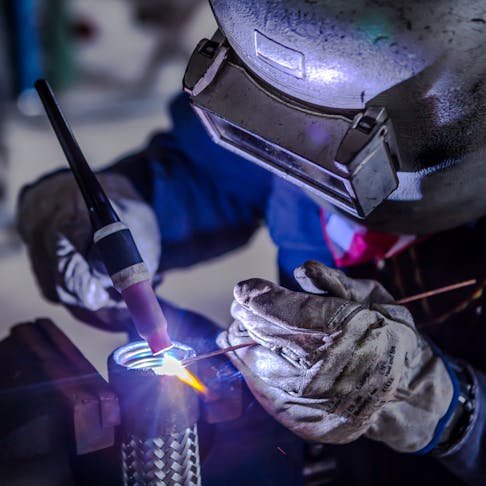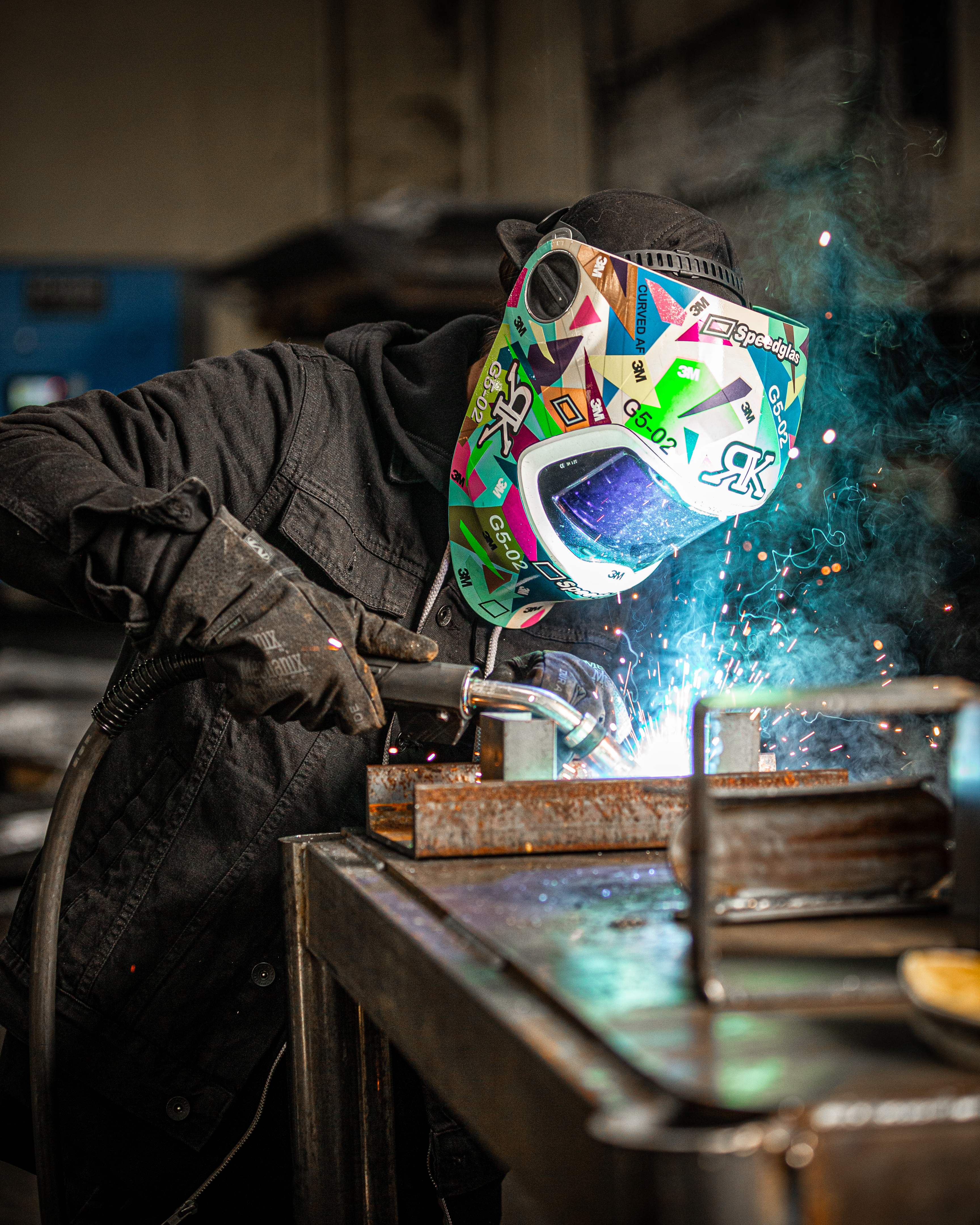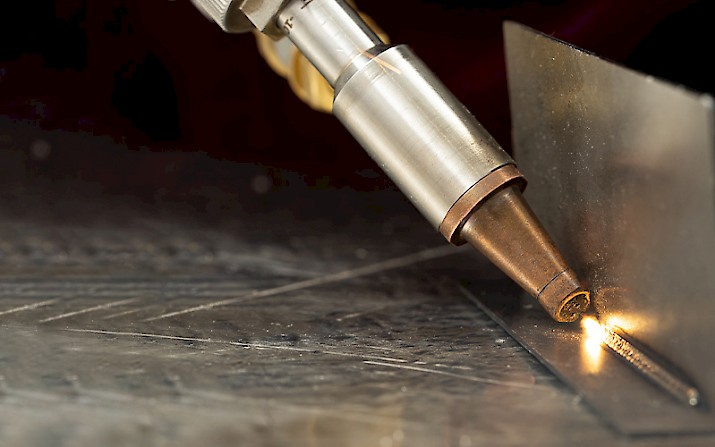Welding WPS Explained: Secret Components and Advantages for Your Welding Procedures
Welding WPS Explained: Secret Components and Advantages for Your Welding Procedures
Blog Article
Opening the Power of Welding WPS: Techniques for Efficiency and Security in Manufacture
In the world of construction, Welding Procedure Specifications (WPS) stand as the backbone of welding procedures, determining the needed steps for attaining both efficiency and safety and security in the manufacture procedure. Comprehending the complexities of WPS is critical to harnessing its complete capacity, yet several companies battle to unlock real power that exists within these records (welding WPS). By delving into the strategies that maximize welding WPS, a world of improved productivity and enhanced security waits for those ready to check out the nuances of this essential element of fabrication

Value of Welding WPS
The significance of Welding Procedure Specs (WPS) in the fabrication sector can not be overemphasized. WPS work as a crucial roadmap that outlines the necessary steps to ensure welds are carried out regularly and appropriately. By defining essential specifications such as welding processes, products, joint styles, preheat temperature levels, interpass temperature levels, filler steels, and post-weld warmth treatment needs, WPS supply a standard method to welding that boosts performance, quality, and safety in fabrication procedures.
Adherence to WPS helps in attaining uniformity in weld top quality, decreasing the chance of defects or structural failures. This standardization also assists in conformity with market regulations and codes, making sure that made structures satisfy the called for safety criteria. Furthermore, WPS documentation allows welders to duplicate successful welding procedures, bring about consistent results throughout various projects.
Fundamentally, the careful growth and strict adherence to Welding Procedure Specs are extremely important for upholding the stability of welded frameworks, guarding versus prospective hazards, and upholding the reputation of fabrication business for providing top notch items and solutions.
Crucial Element of Welding WPS

Enhancing Performance With WPS
When enhancing welding operations, leveraging the essential components laid out in Welding Procedure Requirements (WPS) comes to be necessary for streamlining procedures and maximizing productivity. One way to enhance efficiency with WPS is by meticulously choosing the ideal welding specifications.
Regularly assessing and updating the WPS to incorporate any type of lessons found out or technological innovations can additionally contribute to performance improvements in welding operations. By accepting the standards set forth in the WPS and continually looking for means to maximize procedures, makers can accomplish greater efficiency levels and superior end outcomes.
Ensuring Security in Construction

Guaranteeing security in manufacture entails a complex method that encompasses different aspects of the welding procedure. Welders need to be outfitted with ideal gear such as helmets, gloves, and protective garments to mitigate risks linked with welding tasks.
In addition, adherence to proper air flow and fume extraction systems is crucial in maintaining a healthy work environment. Welding fumes consist of dangerous compounds that, if breathed in, can web link pose severe health and wellness dangers. Executing effective ventilation measures assists to decrease exposure to these harmful fumes, advertising respiratory health and wellness amongst employees.
Normal devices upkeep and evaluations are also essential for ensuring safety and security in fabrication. Defective machinery can bring about accidents and injuries, emphasizing the relevance of timely repair work and regular checks. By prioritizing precaution and promoting see a culture of recognition, manufacture centers can create a effective and secure workplace for their workers.
Implementing WPS Finest Practices
To improve operational effectiveness and ensure quality outcomes in fabrication procedures, including Welding Procedure Specification (WPS) best practices is vital - welding WPS. Implementing WPS finest techniques entails meticulous preparation, adherence to sector standards, and continual tracking to assure ideal results. First of all, picking the appropriate welding process, filler material, and preheat temperature level specified in the WPS is critical for achieving the preferred weld high quality. Secondly, making sure that qualified welders with the essential accreditations accomplish the welding treatments according to the WPS standards is important for consistency and integrity. Routinely updating and reviewing WPS records to mirror any kind of procedure enhancements or modifications in materials is additionally an essential best method to preserve accuracy and relevance. Furthermore, right here giving detailed training to welding employees on WPS needs and best methods cultivates a culture of safety and security and high quality within the fabrication atmosphere. By carefully implementing WPS finest techniques, fabricators can streamline their operations, decrease mistakes, and supply premium products to meet client expectations.
Verdict
In conclusion, welding WPS plays an important role in ensuring effectiveness and safety in fabrication procedures. By concentrating on key elements, enhancing effectiveness, and executing ideal techniques, companies can optimize their welding operations. It is important to prioritize safety and security actions to avoid accidents and make sure a smooth manufacturing procedure. By adhering to these methods, organizations can open the full capacity of welding WPS in their construction operations.
In the world of manufacture, Welding Treatment Specifications (WPS) stand as the foundation of welding operations, determining the essential actions for attaining both efficiency and security in the fabrication process. By defining necessary specifications such as welding procedures, materials, joint styles, preheat temperatures, interpass temperature levels, filler steels, and post-weld warmth treatment requirements, WPS offer a standard approach to welding that boosts effectiveness, quality, and security in construction procedures.

When optimizing welding procedures, leveraging the essential aspects detailed in Welding Treatment Specifications (WPS) becomes essential for enhancing procedures and making the most of performance. (welding WPS)
Report this page